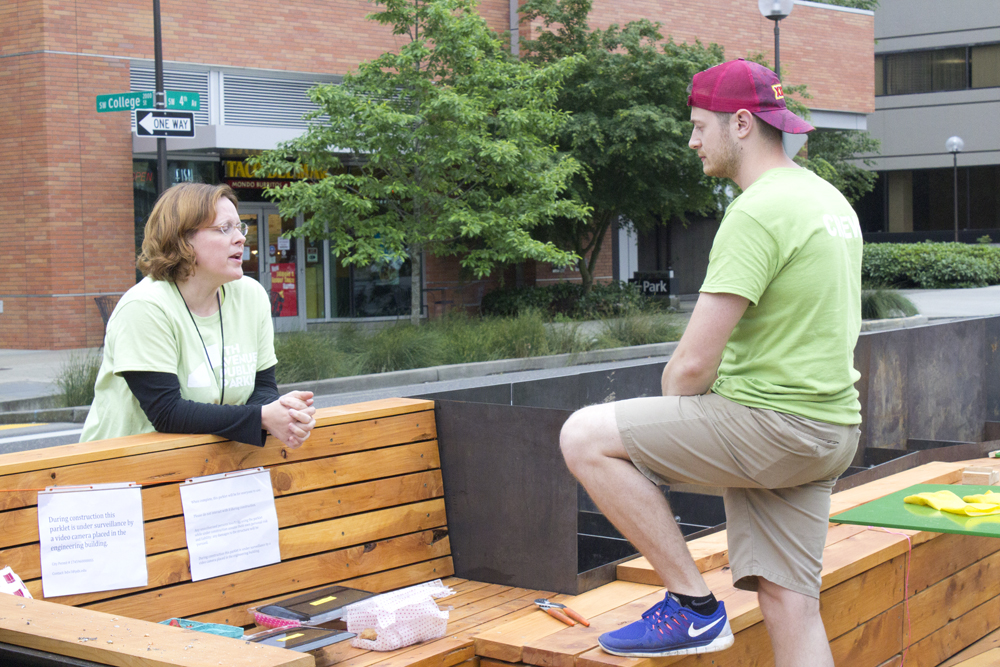SALEM, Ore.-Jim Bombardier said he was doing everything right. He had reflectors and a helmet and he was cycling on the shoulder of Highway 30, marveling at the beauty of Oregon’s pastoral farmland. Then an SUV slammed into him. The 58-year old cyclist, a self-employed computer specialist and inventor, is still in rehab six months after the accident, but he’s hopeful that a new bill requiring motorists to give bicycle riders a three-foot safety buffer when passing them from behind may help others avoid his pain.
Cyclists ask for more space on Oregon roads
SALEM, Ore.-Jim Bombardier said he was doing everything right. He had reflectors and a helmet and he was cycling on the shoulder of Highway 30, marveling at the beauty of Oregon’s pastoral farmland.
Then an SUV slammed into him.
The 58-year old cyclist, a self-employed computer specialist and inventor, is still in rehab six months after the accident, but he’s hopeful that a new bill requiring motorists to give bicycle riders a three-foot safety buffer when passing them from behind may help others avoid his pain.
“If it’s enforced and people take it conscientiously, it will save lives,” Bombardier said.
The Senate Judiciary Committee considered the bill on Monday that bike advocates say would increase safety for cyclists, educate the public about their driving responsibilities and help stem tensions between the two groups.
But not everyone thinks the bill is a good idea, and almost everyone agrees that it needs work.
“This puts all the onus on the car motor vehicle driver to make sure that the separation is there when there is nothing on the bicyclist,” Sen. Jeff Kruse, R-Roseburg, said. “It’s totally one-sided,” he said.
The bill would also let motorists cross the no-pass median line to maintain the safety buffer while overtaking a cyclist.
But cyclists said that motorists often don’t realize that they need extra space to maneuver around potholes, trash and other debris-not to mention the strong winds generated by passing vehicles.
“I think for a lot of motorists, what they don’t understand is that being miserly with the distance is really dangerous,” said Ray Thomas, a Portland bike lawyer who testified before the committee.
A spokeswoman for TriMet, Portland’s public transit agency, said the measure needed additional tweaking, but that they were working with cyclist advocacy groups to shape the policy.
“Where we have some pause is in places like downtown Portland where the streets are very narrow,” said Mary Fetsch, a spokeswoman for the agency.
Fetsch said that if the three-foot rule were implemented, it would require buses to change lanes on many downtown streets to allow cyclists a full three-foot buffer.
Sen. Floyd Prozanski, D-Eugene, said he thought the buffer should be greater than three feet.
“If someone is sitting on a bike and they fell over sideways, when they fall, they’re going to fall further than three feet,” he said.
The senator said he was working on additional legislation to address the same problem. “We also want to make certain that when we say ‘safe distance,’ that it truly is safe,” Prozanski said.
Eleven cyclists died in traffic-related accidents in 2005. Figures for 2006 have not yet been released. According to the Oregon Department of Transportation, responsibility for accidents involving cyclists and motorists was equally split between the two groups in 2005.




